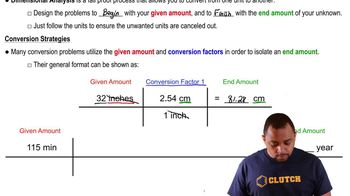Palmitic acid (C16H32O2) is a dietary fat found in beef and butter. The caloric content of palmitic acid is typical of fats in general. Write a balanced equation for the complete combustion of palmitic acid and calculate the standard enthalpy of combustion. What is the caloric content of palmitic acid in Cal/g? The standard enthalpy of formation of palmitic acid is -208 kJ/mol and that of sucrose is -2226.1 kJ/mol. [Use H2O(l) in the balanced chemical equations because the metabolism of these compounds produces liquid water.]
Hydrogen and methanol have both been proposed as alternatives to hydrocarbon fuels. Which fuel contains the most energy in the least mass?
 Verified step by step guidance
Verified step by step guidance
Verified video answer for a similar problem:
Key Concepts
Energy Density

Combustion Reaction

Comparative Analysis of Fuels

Palmitic acid (C16H32O2) is a dietary fat found in beef and butter. The caloric content of palmitic acid is typical of fats in general. Which dietary substance (sugar or fat) contains more Calories per gram? The standard enthalpy of formation of palmitic acid is -208 kJ/mol and that of sucrose is -2226.1 kJ/mol. [Use H2O(l) in the balanced chemical equations because the metabolism of these compounds produces liquid water.]
Hydrogen and methanol have both been proposed as alternatives to hydrocarbon fuels. How does the energy of these fuels compare to that of octane (C8H18)?
Under certain nonstandard conditions, oxidation by O2(g) of 1 mol of SO2(g) to SO3(g) absorbs 89.5 kJ. The enthalpy of formation of SO3(g) is –204.2 kJ under these conditions. Find the enthalpy of formation of SO2(g).
